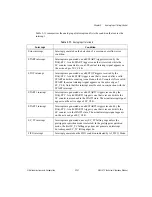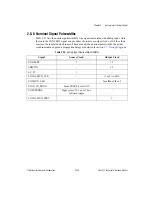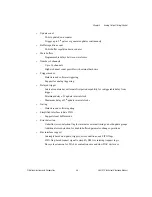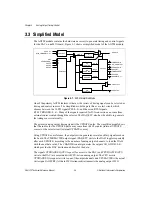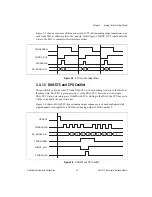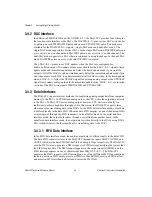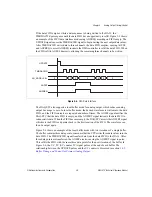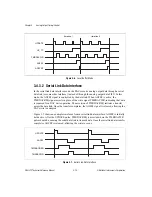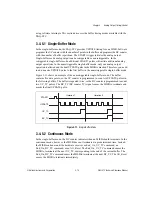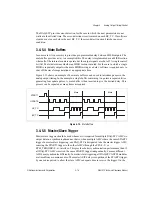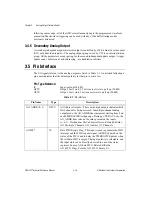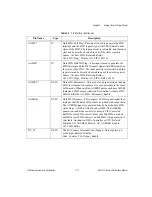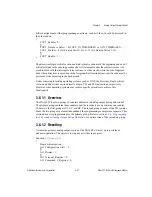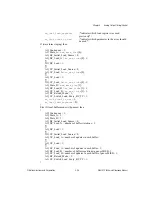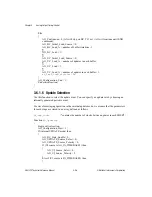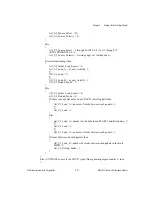
Chapter 3
Analog Output Timing/Control
DAQ-STC Technical Reference Manual
3-12
©
National Instruments Corporation
Figure 3-9.
Internal UPDATE Timing
3.4.4.2 External UPDATE
In the external UPDATE mode, externally generated UPDATE pulses enter the DAQ-STC
through one of the PFI<0..9> or RTSI_TRIGGER<0..6> inputs or general-purpose counter 1.
Alternately, the UPDATE may come from general-purpose counter 1. Only one timing
parameter is available in this model—the delay between UPDATE pulses. This delay is
determined by the period of the external UPDATE signal. The delay from START1 to the first
UPDATE depends upon the relationship between the START1 trigger and the external
UPDATE, and can vary. Figure 3-10 shows a sequence of externally timed UPDATE pulses
and indicates the delay from START1 to the first UPDATE.
Figure 3-10.
External UPDATE Timing
3.4.5 Buffer Timing and Control for Primary Analog Output
Sequences of UPDATE pulses are organized into buffers. A buffer consists of a fixed number
of data points that are output at a constant rate. The DAQ-STC can easily provide timing for
multiple iterations of a single buffer (MISB). When a sequence of buffers is output
consecutively, a waveform is generated. A waveform may consist of one MISB or it may
consist of multiple MISBs. The DAQ-STC provides direct hardware support for the output of
a single MISB, output of one MISB followed immediately by a second MISB, and output of
two MISBs which alternate. The DAQ-STC can generate even more complex waveforms
START1
UPDATE (UI_TC)
A
B
B
B
Timing Parameter
START1
UPDATE
External UPDATE

